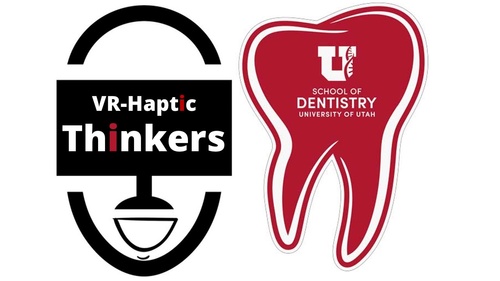CALL
for Abstracts
In Utah, you're bound to experience the unforgettable.
The shift from physical model-based teaching to VR-haptics-based teaching in dentistry involves a transition in pedagogical principles and instructional approaches. For example, while physical model-based teaching is constrained by the availability of physical resources, VR-haptics-based teaching provides educators with the flexibility to create diverse clinical scenarios, enabling a more adaptable and personalized learning experience. This unique and rich learning environment also comes with challenges related to customization, feedback, and assessment, as educators navigate the intricate balance of tailoring virtual scenarios to individual learning needs and implementing effective evaluation mechanisms.
Challenges and Opportunities for Dental Education
FOGORVOSI SZEMLE (HUNGARIAN JOURNAL OF DENTISTRY)
Accepted abstracts will be published in an open access journal available to everyone via this website and the usual databases such as PubMed.
OJS database
Founded in 1908 by Dr. Zoltán Körmöczi.
An open access journal
Abstract Guidelines
Abstract Submission and E-poster Presentation
The Presenting Author must be the First Author (first name on the abstract author list). An abstract must be submitted with the intention that, if accepted, it will be presented by the First Author. Abstracts can be submitted directly to szabolcs.felszeghy(at)uef.fi. Those whose abstract submissions are accepted are expected to send in their e-poster by the e-poster submission deadline. E-posters can be sent to szabolcs.felszeghy(at)uef.fi.
Abstract Structure
Title (max 25 words) Authors (max 5) Authors’ affiliations Background, Aims, Materials & Methods, Results, Conclusions, References (max 250 words total, excluding a min of 5, max of 10 references) The abstract must be clear, concise, and written in English. Pictures or tables are not allowed. We solicit papers that report original and novel work relevant to all the scientific, technological, and educational aspects of VR-haptics. Add 3-5 keywords ABSTRACTS MUST BE SUBMITTED VIA EMAIL TO szabolcs.felszeghy(at)uef.fi.
The Benefits of an Accepted Abstract
The title and affiliation of the presenter will be published in the Conference Proceedings with ISBN, ISSN, and DOI codes. The e-poster session is scheduled for the afternoon of the conference, and will not be held in parallel with any lectures or demonstration sessions. This is a great opportunity for the presenter to engage with other dental educators and reach a larger audience.
KEY DATES
Abstract Submission Opens: 29 January 2024 Abstract Submission Deadline: 25 April 2024 Notification of Acceptance: 15 May 2024 E-poster Submission Deadline: 31 May 2024
CREATE
Art is an expression of our thoughts.
The E-poster guidelines are there to assist you in planning an effective presentation for the 2024 VR-Haptic Meetup.
